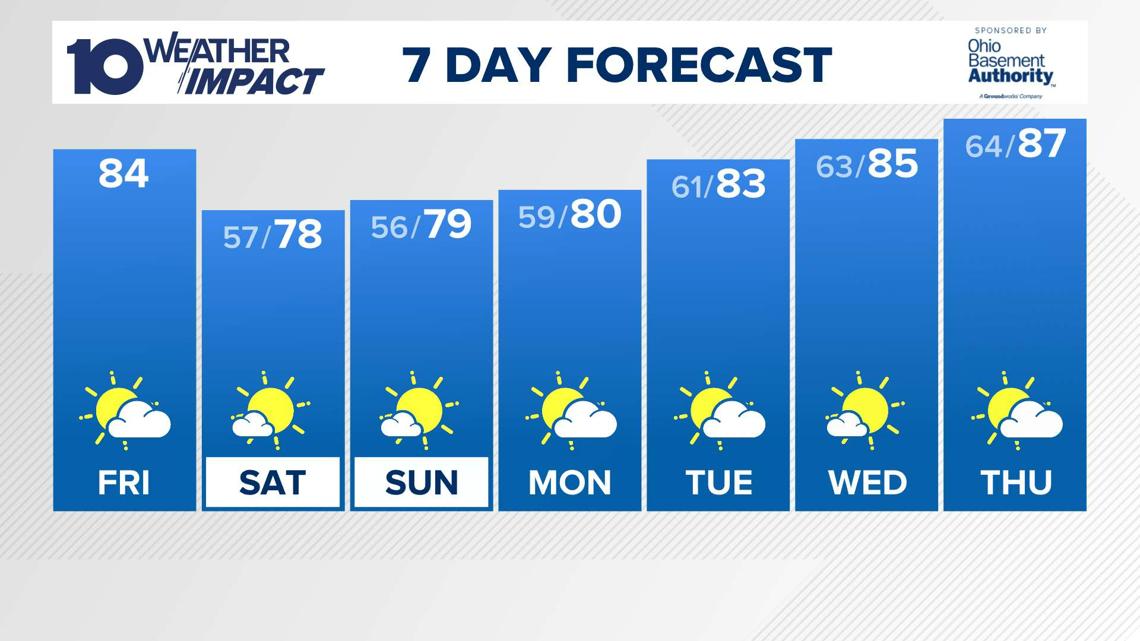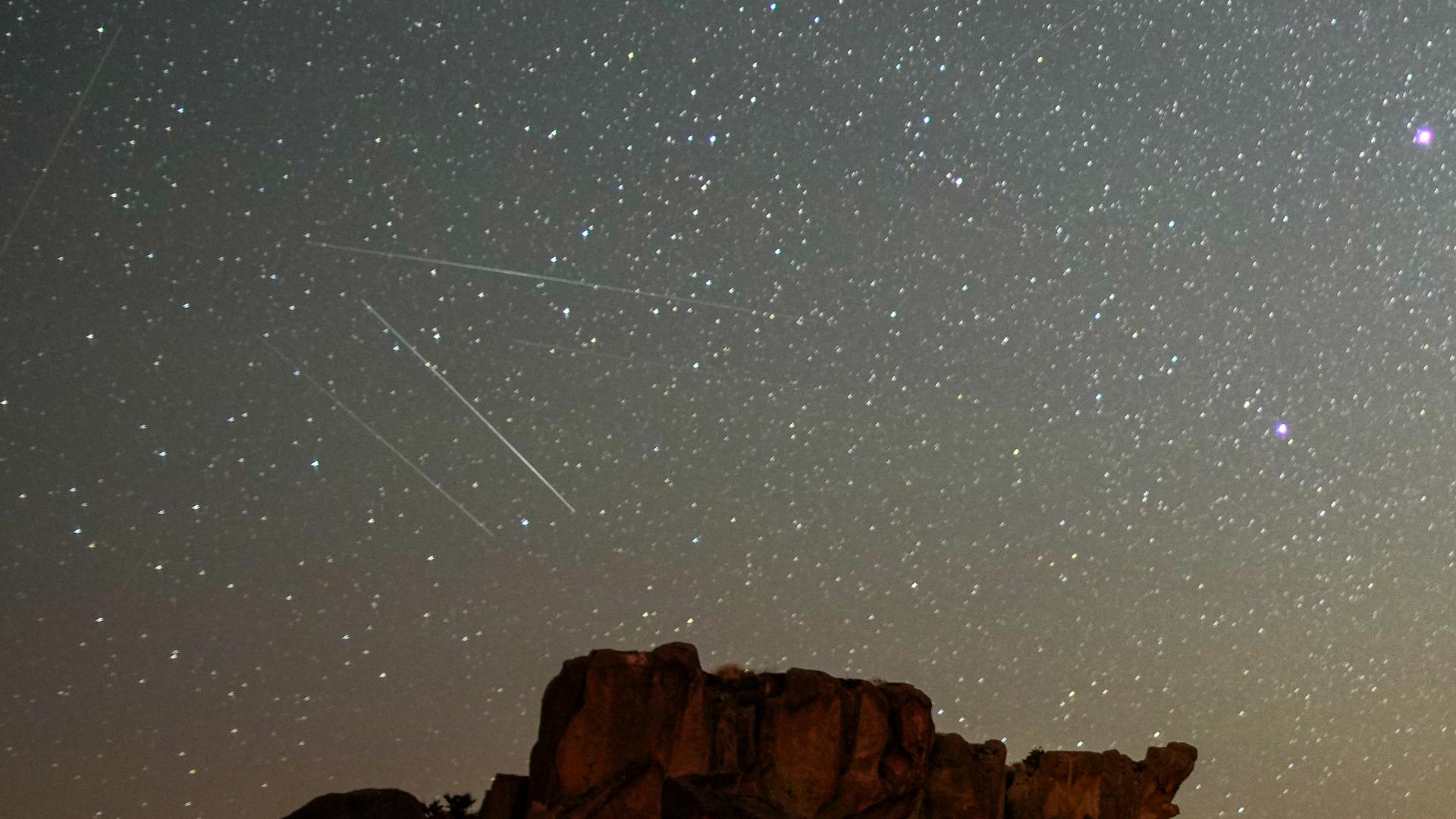COLUMBUS, Ohio — Ohioans will soon be able to catch a dazzling display of lights and color as The Perseids is expected to reach its peak.
The annual meteor shower has been active since July. It is one of the brightest and most easily viewed showers of the year and produces bright blue meteors.
It will peak between 3 a.m. and 6 a.m. on Tuesday.
More than 50 meteors per hour are expected, according to the American Meteor Society. The shower lasts through Sept. 1.
This weekend, the skies will be mostly clearer, making the beautiful show visible. The forecast will be great for some gazing, though you might want to grab a jacket if you're heading out.


Here’s how you can view the Perseid meteor shower
Meteor showers are usually most visible between midnight and predawn hours.
It’s easier to see shooting stars under dark skies, away from city lights. Meteor showers also appear brightest on cloudless nights when the moon wanes smallest.
The Northern Hemisphere will have the best view of the Perseids. This year's peak coincides with a moon around 44% full.
So, if you’re in the city, be sure to find a spot away from the city and road lights to enjoy the show.
What is a meteor shower?
Multiple meteor showers occur annually and you don’t need special equipment to see them.
Most meteor showers originate from the debris of comets. The source of the Perseids is the comet 109P/Swift-Tuttle.
When rocks from space enter Earth’s atmosphere, the resistance from the air makes them very hot. This causes the air to glow around them and briefly leaves a fiery tail behind them — the end of a “shooting star.”
The glowing pockets of air around fast-moving space rocks, ranging from the size of a dust particle to a boulder, may be visible in the night sky.
The Perseids result from “bigger particles than a lot of other showers,” said NASA’s Bill Cooke, giving them the appearance of “bright fireballs” — easier to spot than many others.

